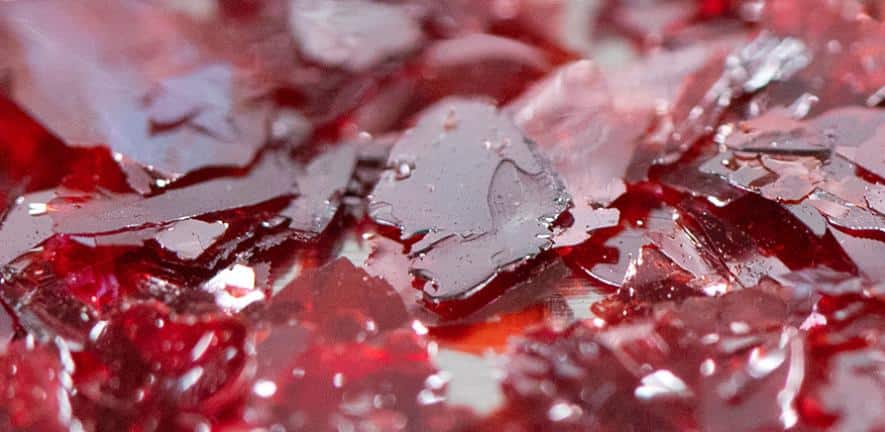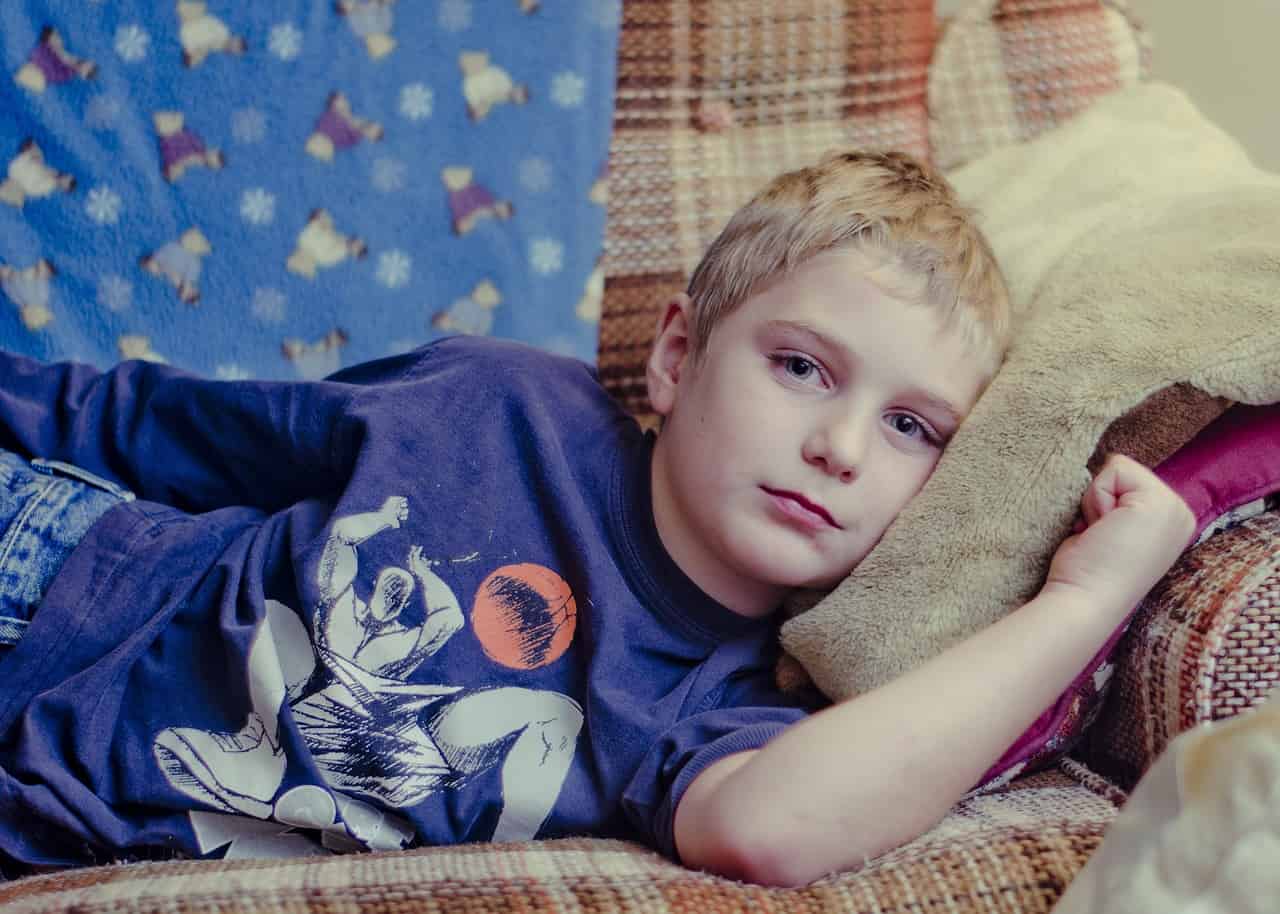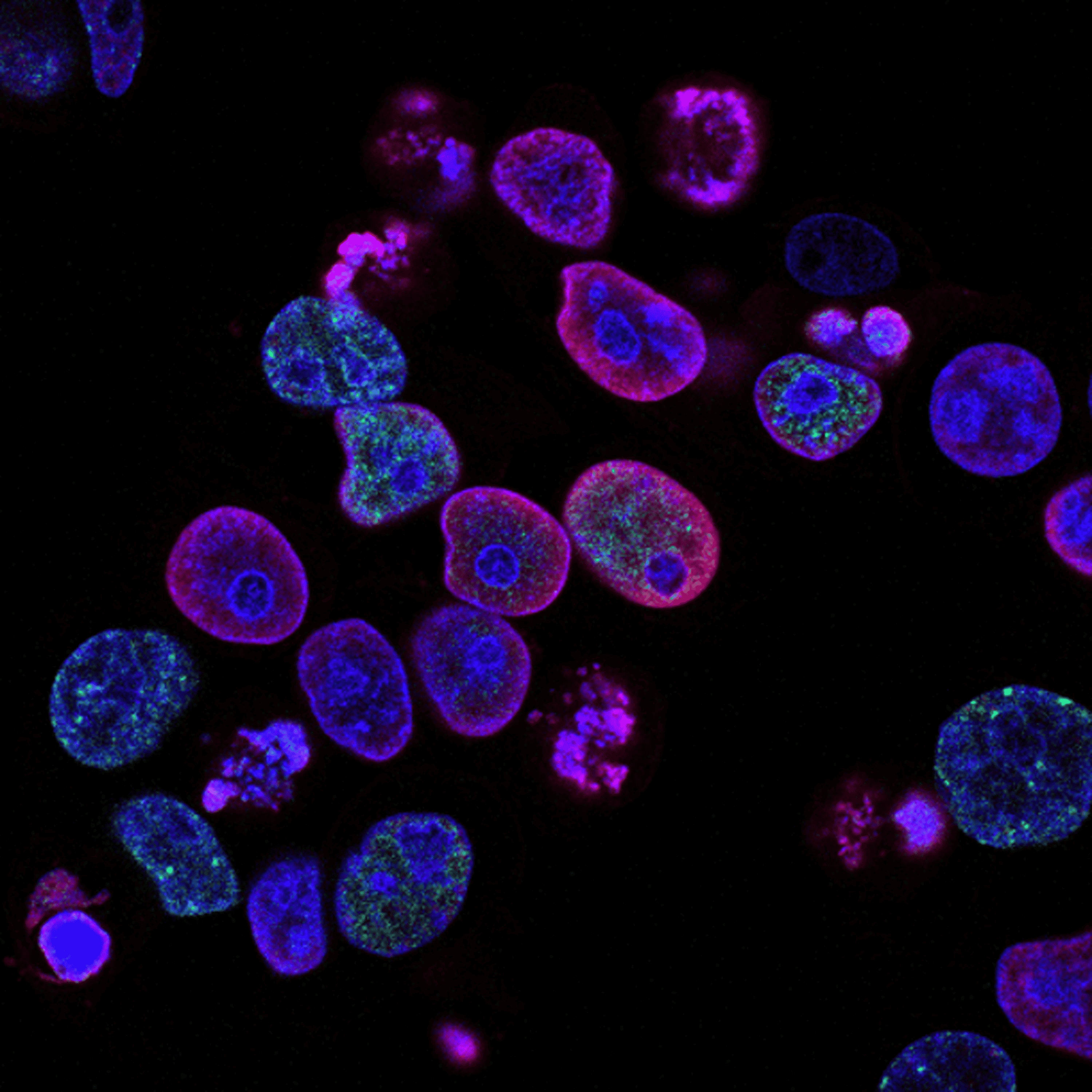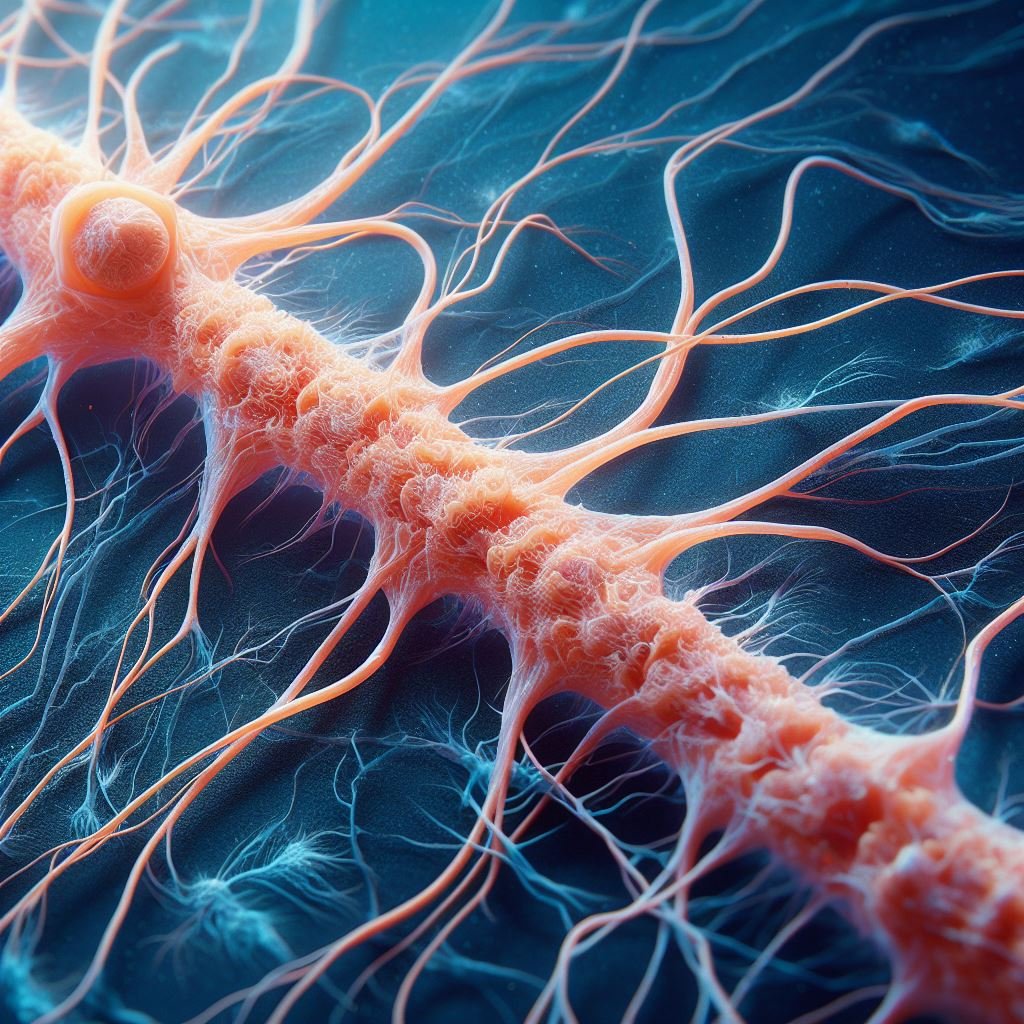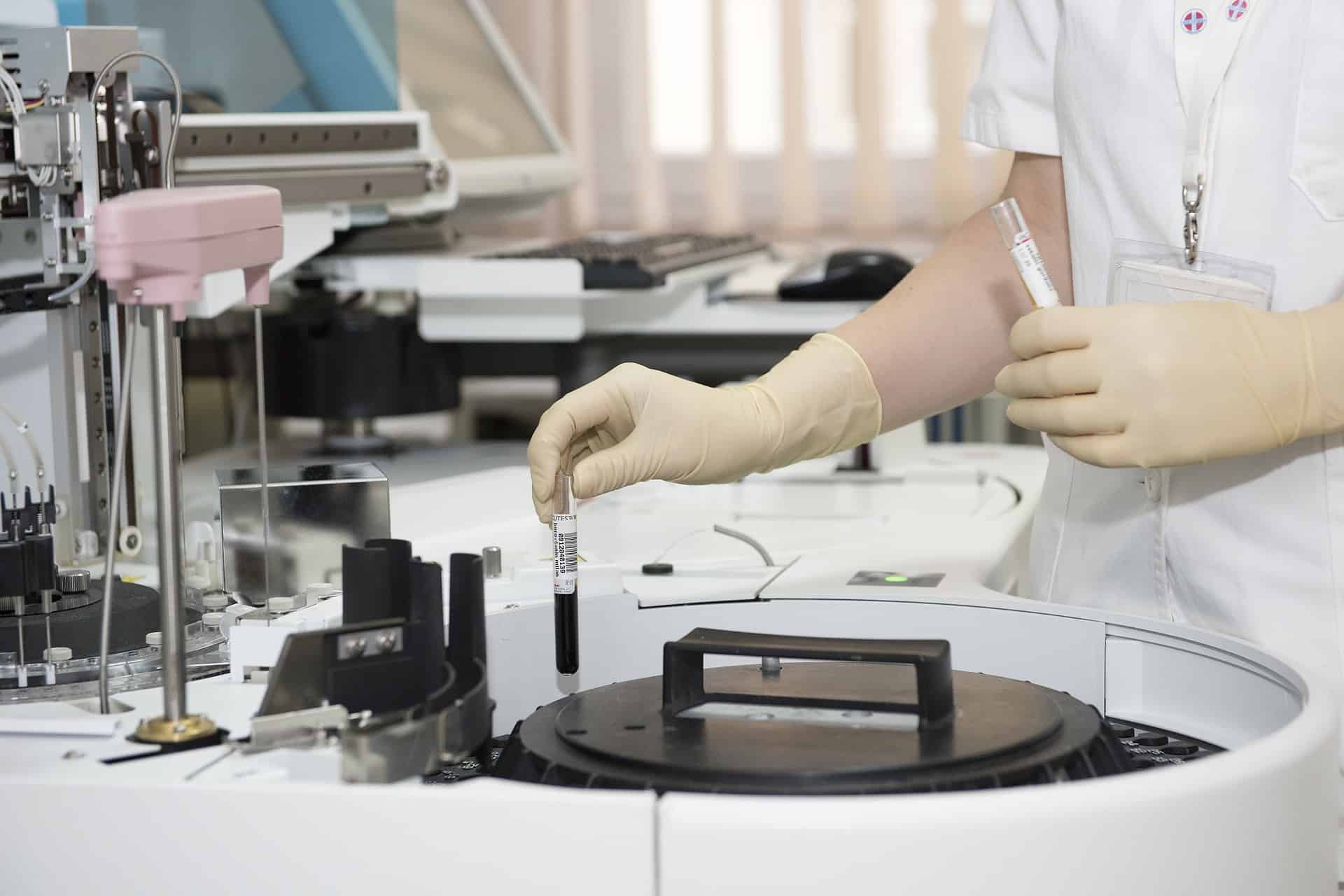
The University of Bristol is turning to 3D bioprinting technology to replicate cancer tumours. The University of Bristol project gives clinicians insights to treat these printed models with chemotherapy drugs to help them understand an individual patient’s resistance to therapies. Says the University of Bristol in a press release.
In this study, researchers developed a novel 3D bioprinting platform with high-level imaging and processing light microscopy. Using a mixture of bio-inks and colorectal (colon) cancer cells, the team demonstrated that they could replicate tumours in 3D spheroids. Professor Adam Perriman explains the importance of the technology: “Clinically predictive models that allow clinicians to identify how well tumours respond to drugs before they are administered to patients is still an unmet need. Two-dimensional (2D) cell monolayer culture remains the standard for modelling drug efficacy and safety.”
Major impact
To investigate how tumours might respond to drugs, dose-response profiles were generated from spheroids (models) that had been treated separately with chemotherapy drugs oxaliplatin (OX), fluorouracil (5FU) and radiotherapy. The spheroids were then imaged over time. Results of their experiment showed that oxaliplatin was significantly less effective against tumour spheroids than in current 2D monolayer culture structures, compared with fluorouracil.
“We expect that this new platform technology can have a significant impact on human disease modelling for evaluating responses to oncology drugs in 3D. This is a big step towards personalised medicine and helps understand why certain patients respond to chemotherapy,” Perriman said.
Selected for you!
Innovation Origins is the European platform for innovation news. In addition to the many reports from our own editors in 15 European countries, we select the most important press releases from reliable sources. This way you can stay up to date on what is happening in the world of innovation. Are you or do you know an organization that should not be missing from our list of selected sources? Then report to our editorial team.

